Fraunhofer ISI/ICCT analysis of PHEV data finds real-world CO2 emissions 2-4x higher than official values
Green Car Congress
SEPTEMBER 28, 2020
For private cars, the average utility factor (UF)—the portion of kilometers driven on electric motor versus kilometers driven on combustion engine—is 69% for NEDC type approval but only around 37% for real-world driving. For company cars, an average UF of 63% for NEDC and approximately 20% for real-world driving was found.




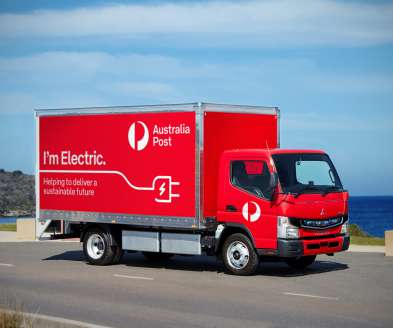

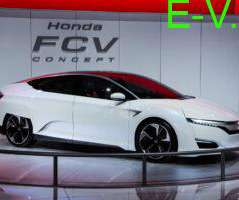









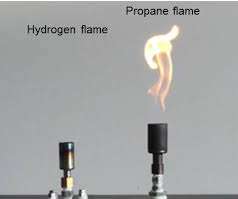




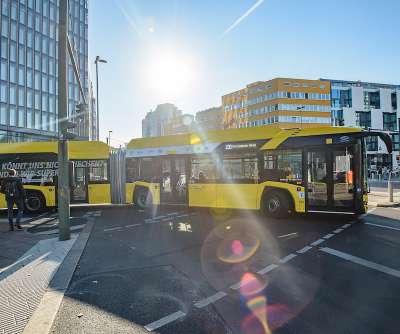






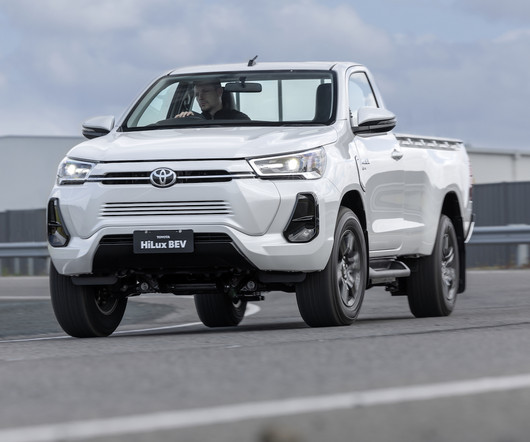
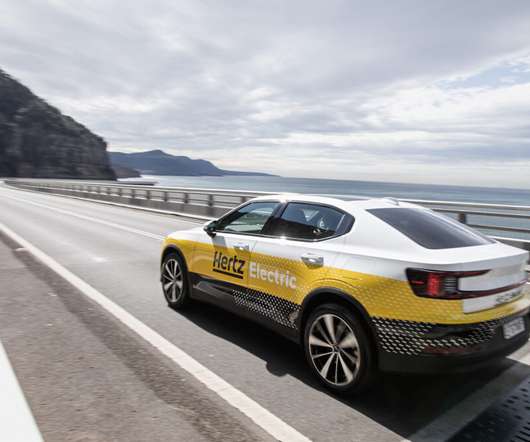








Let's personalize your content